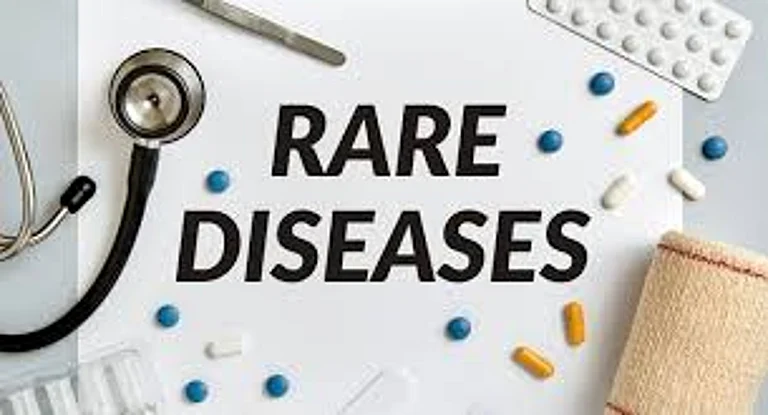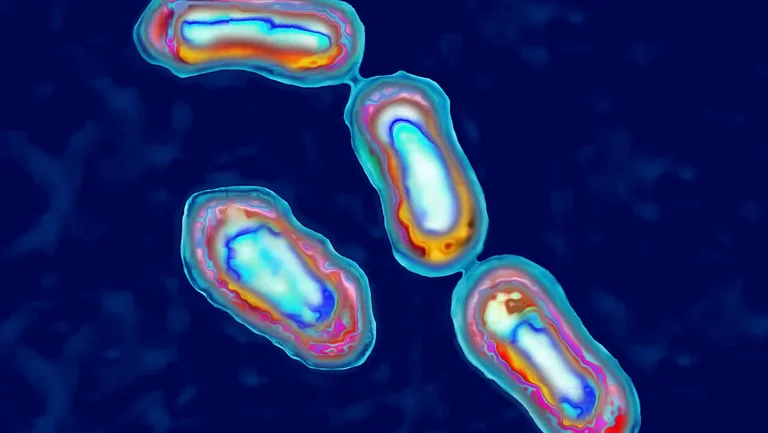Federal authorities are warning healthcare providers to remain vigilant for cases of invasive meningococcal disease, a rare yet potentially fatal condition that has seen a rise in occurrence in recent times. Prompt administration of antibiotics is crucial to prevent long-term disability or fatality.
Increasing Mortality Rates: A Statistical Overview
According to the Centers for Disease Control and Prevention, the United States witnessed 422 reported cases of invasive meningococcal disease last year, marking the highest count since 2014.
However, this year, as of Monday, there have already been 143 reported cases, surpassing last year's tally by 62 cases during the same period.
Infection with the bacterium Neisseria meningitidis causes this potentially deadly illness. Despite appropriate treatment, 10 to 15 percent of patients succumb to meningococcal disease. A notable portion of recent cases has been attributed to an uncommon strain of N. meningitidis known as ST-1466, which resulted in a fatality rate of 18 percent, claiming 17 lives among 94 known cases.
The aftermath of meningococcal disease can leave survivors with long-term disabilities such as deafness, amputations, or brain damage.
What is causing the outbreaks?
The recent outbreaks primarily affected Black individuals and adults aged 30 to 60, with other vulnerable groups including those living with HIV, individuals without spleens, those with sickle cell disease, and patients with specific rare immune disorders.
A vaccine protecting against four of six Neisseria meningitidis types, including group Y which encompasses ST-1466, is recommended for adolescents and individuals with conditions like HIV. However, most older adults have not been vaccinated.
In Virginia, which has seen 35 cases and six deaths from meningococcal disease since the summer of 2022, health officials have been unable to identify a common risk factor explaining the outbreak. Dr. Laurie Forlano, the state’s epidemiologist, stated that no shared activities or social networks among the affected individuals have been found, as reported by New York Times.
Meningococcal disease is not transmitted through casual contact but rather through activities involving exposure to saliva, respiratory, or throat secretions, such as kissing or sharing food, drinks, or cigarettes.
Race Against Time: Prompt Treatment Essential
Meningococcal infection can lead to meningitis, an inflammation of the membranes surrounding the brain and spinal cord. Common symptoms include fever, headaches, neck stiffness, vomiting, sensitivity to light, and changes in mental status.
Additionally, the bacteria can enter the bloodstream, causing sepsis, which seems to be the more frequent outcome in current cases involving serogroup Y. Symptoms of sepsis include fever, chills, fatigue, vomiting, cold extremities, severe body aches, diarrhea, rapid breathing, and, in later stages, a dark purple rash.
These symptoms can escalate rapidly, posing a life-threatening situation within hours. It is imperative to administer antibiotics promptly.
“With meningococcal disease, people’s thoughts go to meningitis, which is a very scary condition,” Dr. Forlano said. “But the point we’re trying to make to the clinical community is that these cases are presenting differently to what we’re used to seeing. So, hey, think about this.”
Despite the risks, Dr. Forlano stressed that the illness remains uncommon, and the overall threat to the public is low.































